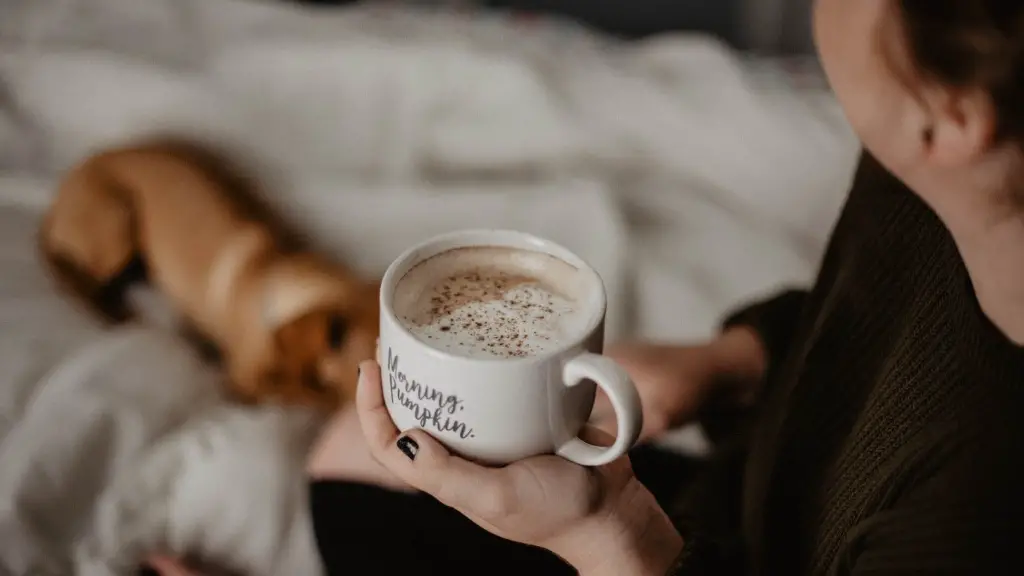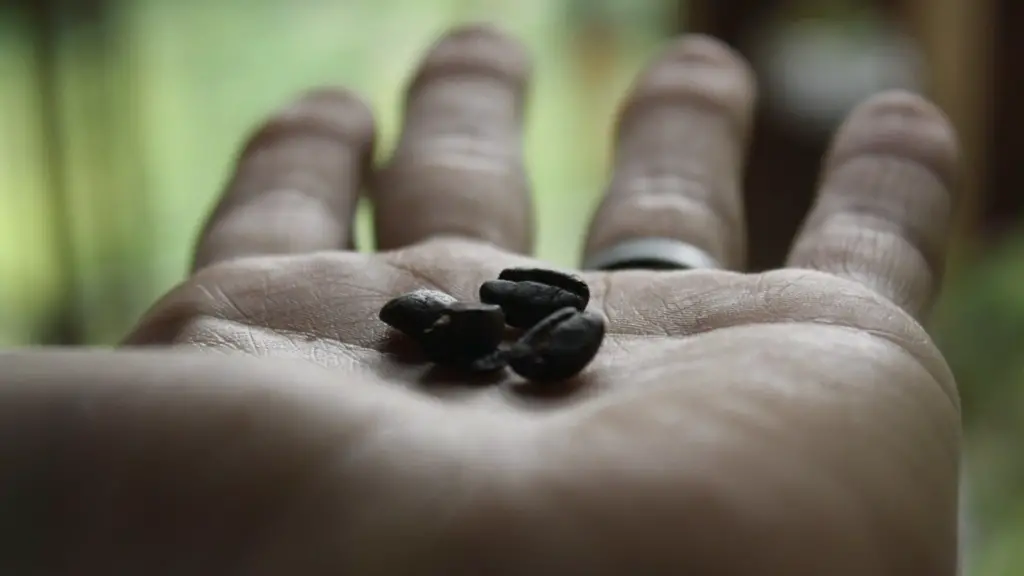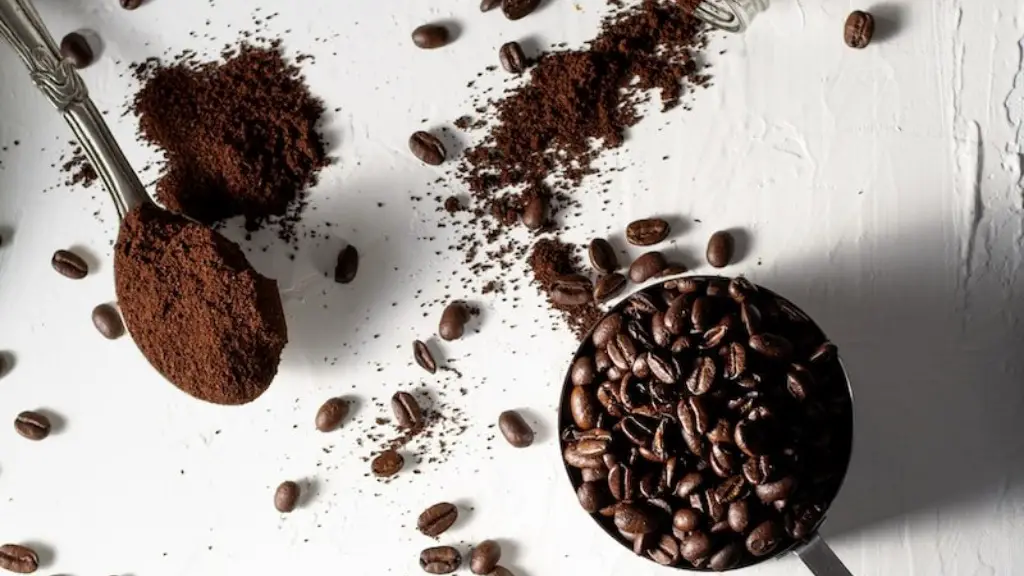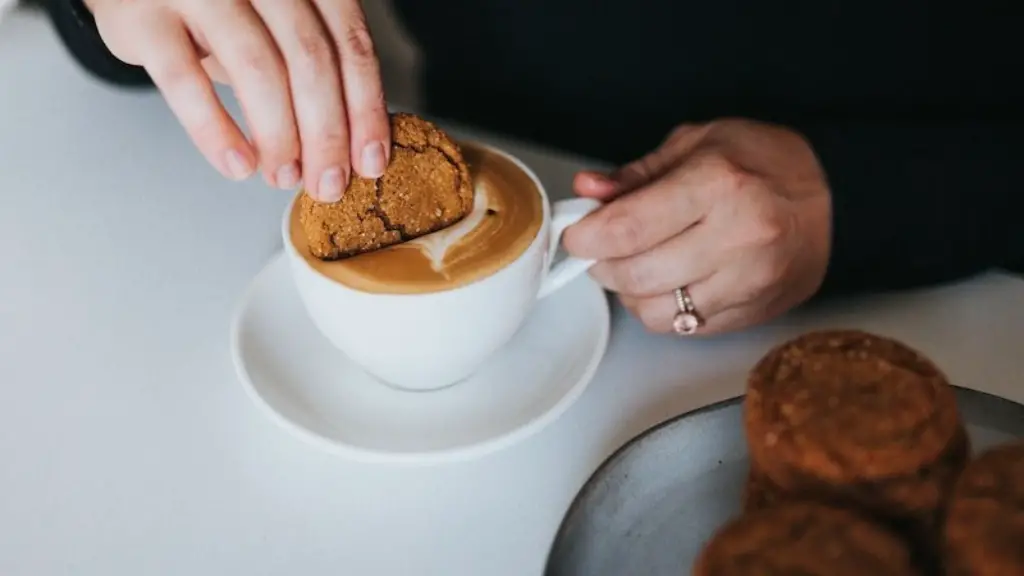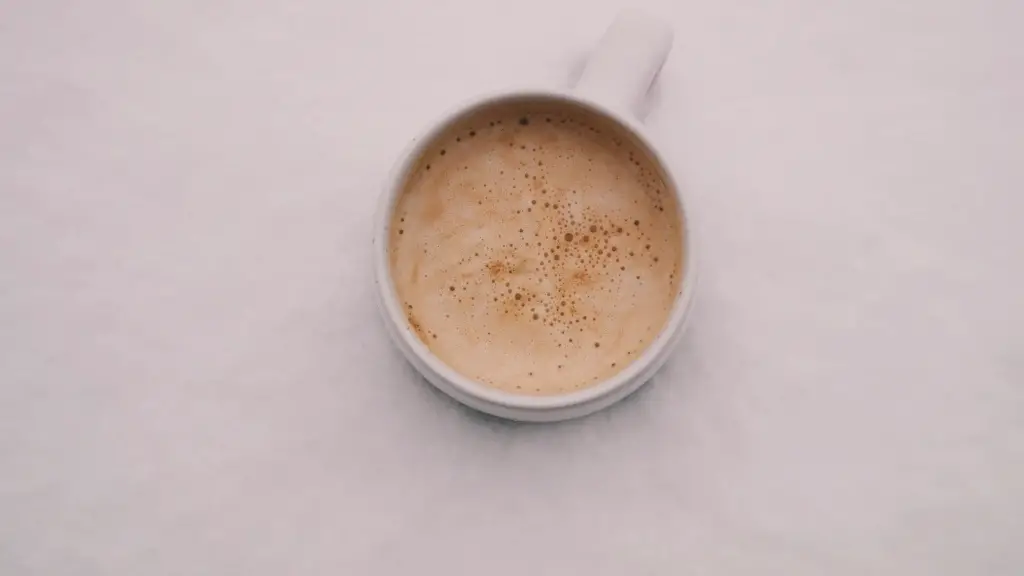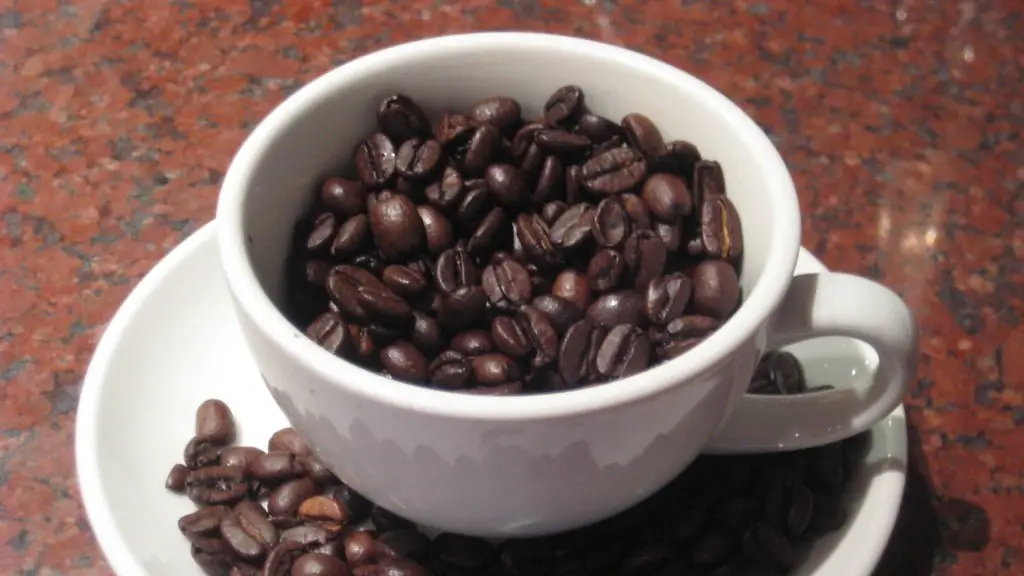Making Starbucks Coffee at Home
With the ubiquity of coffee shops, it’s easy to find a good cup of coffee without much effort. However, some coffee connoisseurs might wish to take things one step further and recreate the coffee shop experience in their own home. In this article, we’ll discuss how to make a cup of coffee just like one would get at Starbucks.
The first and most important step is to choose the right roast. Most Starbucks cafes will be serving a “blend” of coffee beans ranging from light to dark roasts. The darker roast coffees tend to have a bolder flavor and a higher caffeine content, while light roasts tend to be more delicate and have a lower caffeine content.
But not all coffee beans are created equal. The ideal coffee blend is made of beans sourced from multiple countries and regions. Different climates, soil types, and processing methods can all contribute to the unique flavor profiles of various coffee beans. A good blend will combine beans from several sources to achieve the desired flavor.
The next step is to grind the coffee beans. The grind size of the beans will have a dramatic effect on the flavor of the resulting cup of coffee. Too coarse, and the extraction of flavors from the beans will be inhibited, resulting in a weak, under-extracted cup of coffee. Too fine, and the extraction will be accelerated, creating a strong and possibly bitter cup.
An easy way to remember what grind size to use is to imagine your grind size as “rock salt”. The finer the grind, the finer the rock salt. The size of the grind will vary depending on the brewing method, but a good rule of thumb is that the coarser the grind, the longer the brew time, and the finer the grind, the shorter the brew time.
The brewing method is the next step. There are several ways to brew coffee, and the method chosen will have a huge impact on the flavor. For example, a French press will produce a gritty, full-bodied cup of coffee, while an Aeropress will produce a clean, smooth cup. For a cup of coffee similar to what one might find in a Starbucks cafe, the best method to use would be the pour-over.
The pour-over method is the preferred brewing technique at most Starbucks cafes, as it allows for precise control over the extraction of flavors from the coffee. To make a great cup of pour-over coffee, start by placing the filter into the brewing vessel. Add the grounds to the filter and pour a small amount of hot water over the grounds to “bloom” them, then slowly and evenly pour more water over the grounds until the desired strength is achieved.
Grind Size and Extraction
Grind size is essential for making uniquely good coffee. Too coarse, and the extraction of flavors from the beans will be inhibited, resulting in a weak, under-extracted cup of coffee. Too fine, and the extraction will be accelerated, creating a strong and possibly bitter cup. The grind size of the beans will have a dramatic effect on the flavor of the resulting cup of coffee, so it’s important to get this step right.
Coffee specialty retailers sell different types of grinders to suit all tastes. Hand grinders are the best choice for grinding fresh beans, as they allow for precise control over the grind size. Electric grinders, on the other hand, are better suited for larger batches of coffee.
When combined with the right brew method, the right grind size will ensure that the coffee is extracted properly, creating a balanced, tasty cup. A scale can be used to measure the grind size, with a smaller number indicating a finer grind and a larger number indicating a coarser grind. Generally speaking, pour-over brewing requires a medium-fine grind size, about 600 to 800 microns in diameter.
Coffee Ratios
Coffee ratios are the key to controlling the strength of a cup of coffee. A coffee to water ratio of 1:15 is the standard used at Starbucks cafes, but a ratio of 1:17 is a bit more forgiving and will result in a cup with less bitterness. Going with a ratio of 1:19 will produce coffee that is quite light and mellow.
The coffee to water ratio should be adjusted based on taste. If the coffee tastes too weak, increase the coffee to water ratio. If it tastes too strong, decrease the ratio. When adjusting the ratio, it’s important to remember that the higher the ratio, the shorter the brew time, and the lower the ratio, the longer the brew time.
Brew Temperature
Another key factor in making great coffee is the brew temperature. The ideal temperature for making coffee is between 195-205 degrees Fahrenheit. If the water is too cold, the flavors won’t be extracted properly, resulting in a weak cup of coffee. On the other hand, if the water is too hot, the extraction will be too fast and the result will be a bitter, over-extracted cup of coffee.
The best way to maintain the ideal brewing temperature is to use a thermometer. If one isn’t available, the general rule of thumb is to let the water boil, then wait 15-20 seconds before starting to pour. Another way to approximate the ideal temperature is to heat the water until it just starts to bubble, then start pouring.
Finishing Touches
Once the coffee has been brewed, it’s time to add the finishing touches. Milk and sugar can be added to taste, while spices such as cinnamon, nutmeg, and cloves can be used to add an extra layer of flavor. Latte art can also be used to add a special touch to the cup.
While it might seem daunting to make Starbucks-style coffee at home, it can be easy and satisfying when done properly. With the right beans, grind size, brewing method, ratio, and temperature, and a little patience, anyone can make an exquisite cup of coffee.
Heating Water
Water temperature is important for making great coffee as it affects the extraction of flavors from the coffee grounds. Water should be heated to about 195-205 degrees Fahrenheit for the best extraction. If a thermometer isn’t available, the general rule of thumb is to let the water boil, then wait 15-20 seconds before starting to pour. Another way to approximate the ideal temperature is to heat the water until it just starts to bubble, then start pouring.
When making pour-over coffee, it’s important to use freshly boiled water. Boiling water will help ensure that all the dissolved gases and other volatile compounds are removed, which can affect the flavor of the coffee. Boiling water also helps to ensure that the temperature is consistent throughout the process.
In addition to temperature stability, it’s important to use clean, filtered water, as tap water can contain minerals that can affect the flavor of the coffee. If possible, use bottled, filtered, or distilled water for the best-tasting cup.
Storage and Cleaning
Storing and cleaning coffee equipment correctly is essential to making great coffee. After each use, the coffee equipment should be rinsed with warm, soapy water and dried thoroughly. This will help to remove any residual oils or grounds left on the equipment, which can affect the flavor of the next batch of coffee.
Coffee beans should also be stored in an airtight container, as exposure to air can quickly cause the beans to stale. Additionally, the beans should be kept away from moisture and light. For best results, store the beans in an opaque, air-tight container in a cool, dark place.
When brewing, it’s important to use freshly ground coffee, as the flavor of the beans will quickly degrade after being ground. If a burr grinder is being used, it should be properly cleaned every few months to ensure a consistent grind size. Blade grinders should be cleaned more frequently, as the blade can become clogged with old grounds.
Conclusion
Making coffee just like one would get at Starbucks isn’t as hard as it seems. A good blend of coffee beans, the right grind size, correct brew method, the right coffee to water ratio, the right brewing temperature, and proper storage and cleaning of equipment are all key ingredients to making a great cup of coffee.
With a bit of practice and patience, anyone can make amazing coffee at home that rivals what they could get in a coffee shop. So why not give it a try? Even if it doesn’t turn out perfectly the first time, the practice and trial-and-error will certainly pay off.
